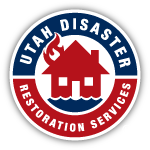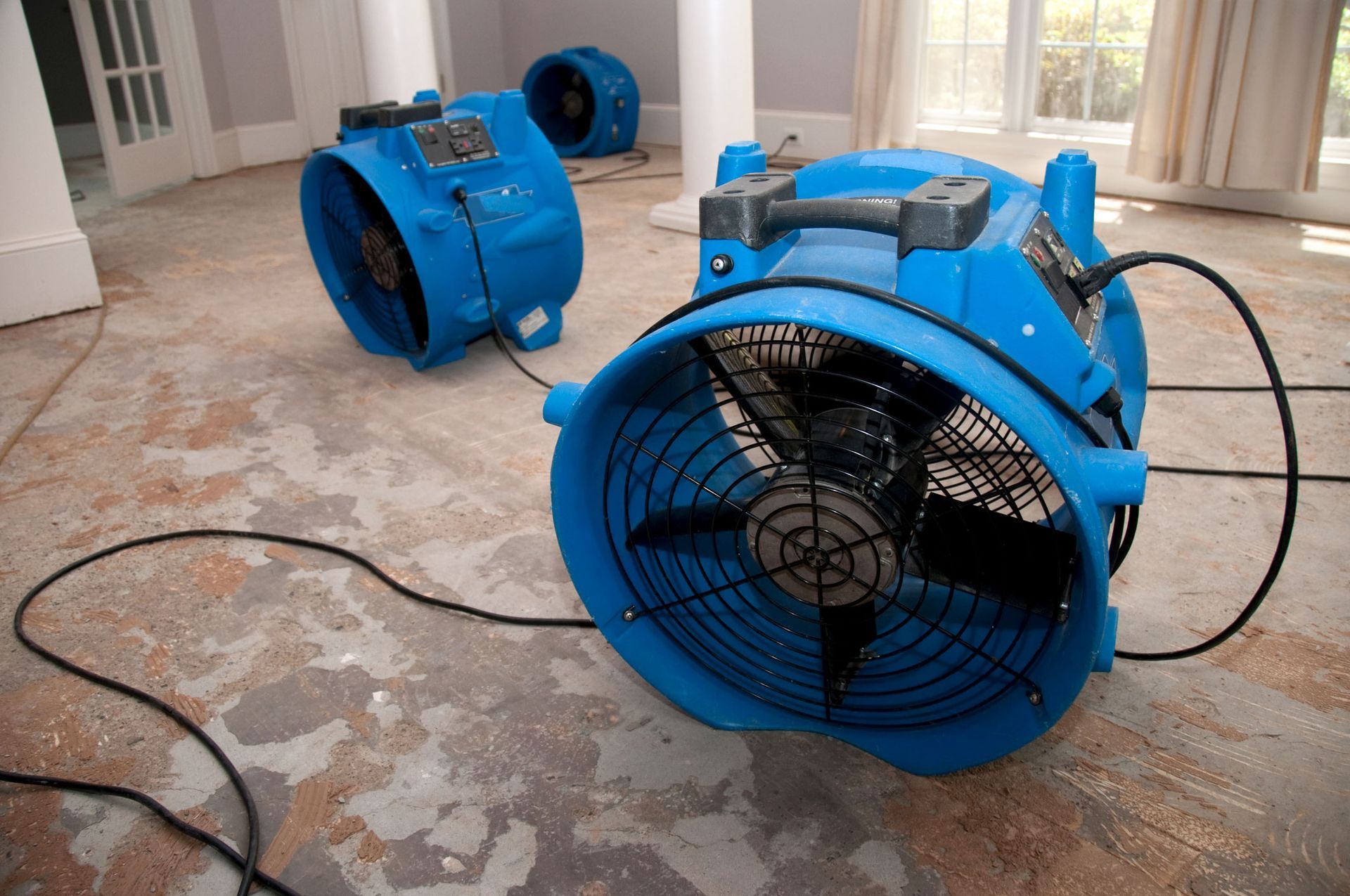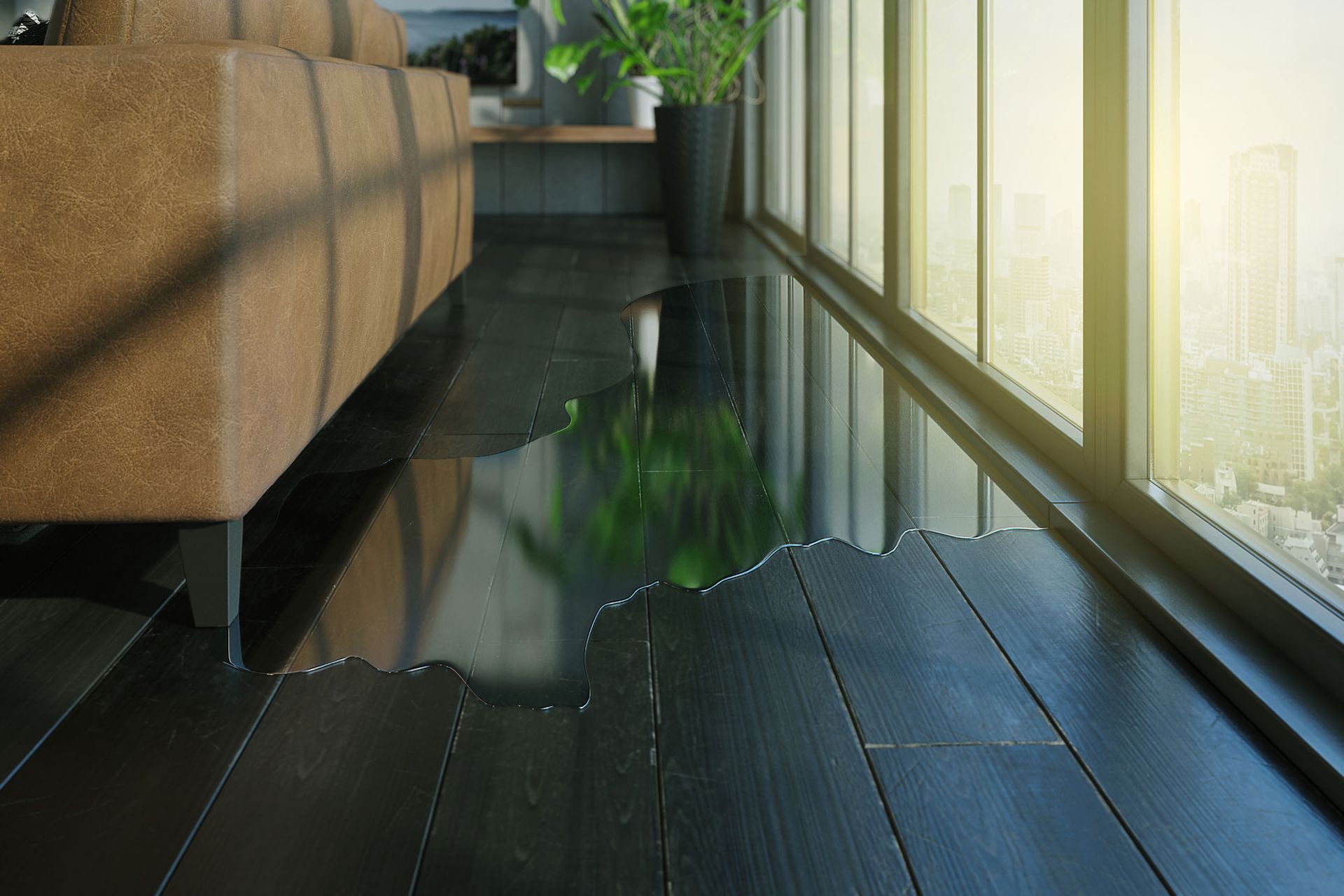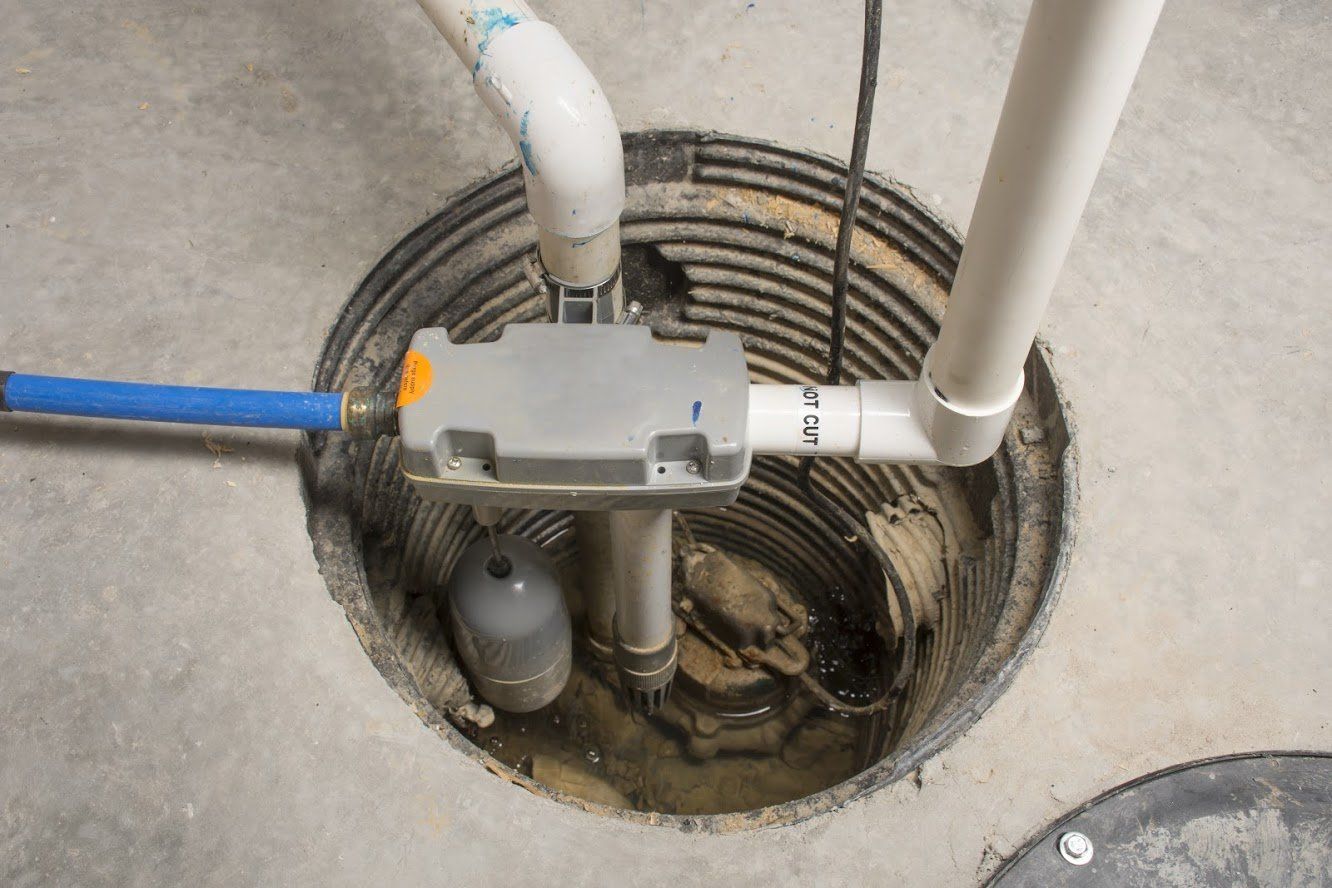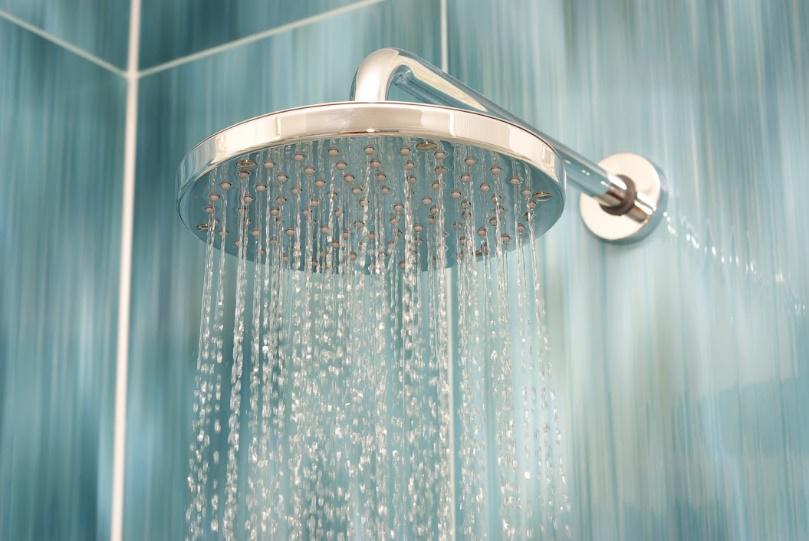A hose bib is something that most people use, and yet few know what it is. Although people don’t always refer to it as such, a hose bib is merely the water spigot on the outside of your home. They allow you easy access to water outdoors, so that you can use it for upkeeping your lawn and garden, while your kids can use it to spray the dog and each other. The convenience of a hose bib makes it important for homeowners, today, but it is important to maintain your hose bib to prevent a situation that causes flooding damage in your home. Here are some tips for maintaining your hose bib about flooding prevention…
How to shut off a hose bib
Not all hose bibs need to be shut off in the winter, due to modern metal galvanization technology that prevents frost. However, many hose bibs still do, and even the ones that aren’t supposed to freeze can still have issues if you don’t. Here’s some steps on how to turn off your hose bib.
1) Every hose bib is connected to a pipe that leads inside of your home, usually to a side room in your basement or first level. In that room will be a valve that controls water flow to your hose bib. Find this valve and turn it off. Voila! The most important part of this process is finished.
2) However, you aren’t done yet! After you have shut off the water connection to a hose bib, you need to make sure that there is no excess water that stays inside the system, or else it could freeze in the winter and cause pipes, hoses, and even your hose bib to break. Detach your hose from the bibb and roll it up in a way that lets all of this excess water out. After that is done, open the hose bib and let the remaining water drip out.
3) When all the water that is outside of your home is drained from your hose and hose bib, it’s time to make sure that none of that residual water is hanging out in the pipes. Near the water control valve on the inside of your home is something that is called a bleeder valve, which has a small cover. Put a container underneath this valve and open it by removing the cover/cap. Any remaining water will drip into the container. Now there should be no remaining water in your interior pipes.
